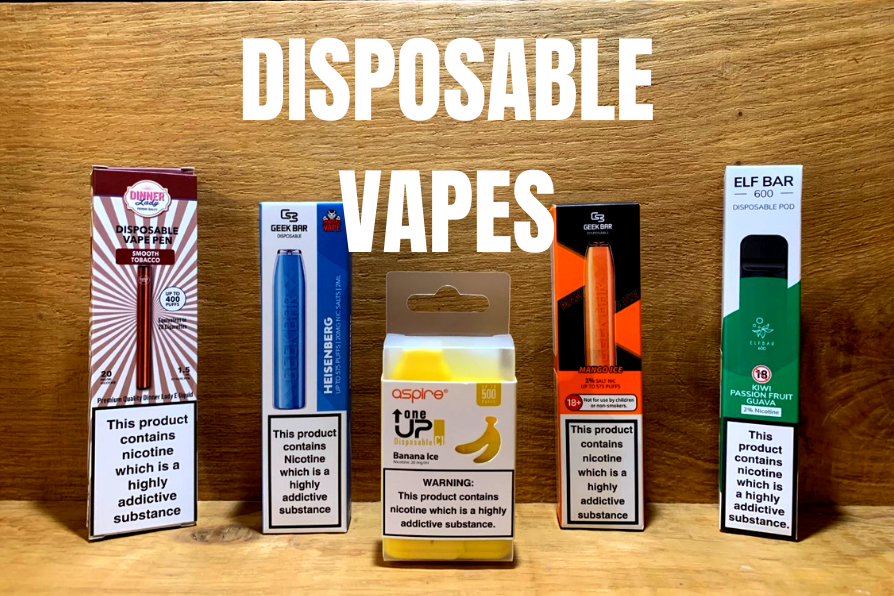In recent years, the popularity of Cake Disposables Vaps has surged, drawing both praise and criticism from various quarters. Vaping, often touted as a less harmful alternative to traditional smoking, has created a wave of debate around its potential health effects and societal impact. This article aims to shed light on the complex landscape of vaping, dispel common misconceptions, and offer an informed perspective on its risks and benefits.
Vaping involves the use of electronic devices, commonly referred to as e-cigarettes or vape pens, to inhale and exhale aerosol produced by heating a liquid solution. This solution, known as e-liquid or vape juice, usually contains nicotine, flavorings, and other additives. Proponents of vaping argue that it provides a means for smokers to transition away from traditional cigarettes, potentially reducing their exposure to harmful toxins found in combustible tobacco products.
One of the most significant misconceptions surrounding vaping is that it is entirely harmless. While vaping is generally believed to be less harmful than smoking traditional cigarettes due to the absence of tobacco combustion, it is not without risks. The aerosol produced by vaping can contain various harmful substances, including ultrafine particles, volatile organic compounds, and heavy metals. Moreover, the long-term health effects of inhaling these substances are not yet fully understood, given the relatively recent emergence of vaping.
A concerning aspect of vaping is its appeal to young individuals. The enticing flavors and sleek designs of vape devices have raised alarms over their potential to initiate nicotine addiction among adolescents who may have never smoked before. The surge in vaping among young people has led to efforts to strengthen regulations and age restrictions on the sale of vape products, as well as campaigns to educate the public about the potential risks.


